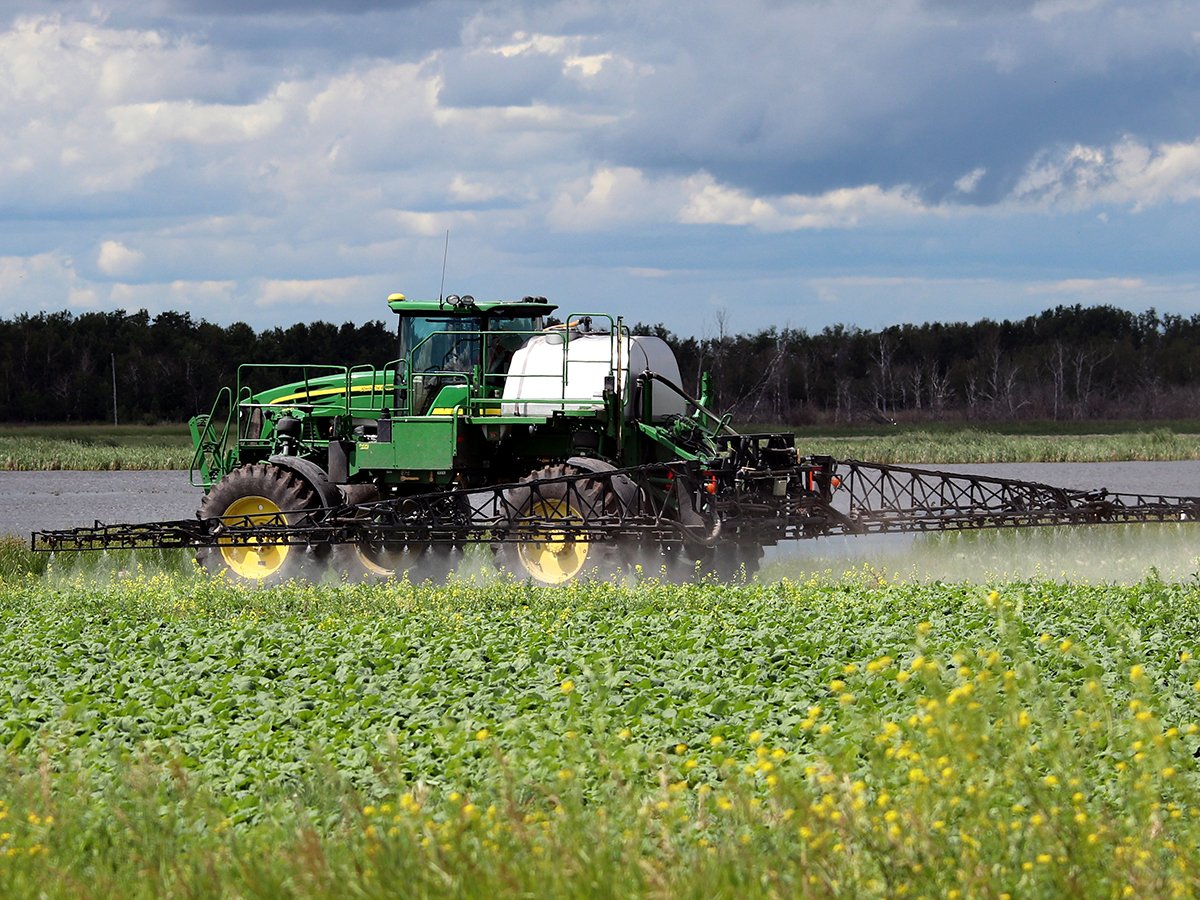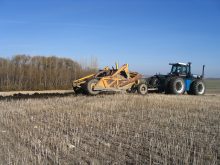At last count the world has 256 herbicide resistant weeds that are resistant to 167 herbicides in 93 crops grown in 70 countries.
Why do resistant weeds continue to spread? Because we spray them with chemicals and drag viable seeds around with our combines, would be the likely answer from Saskatchewan farmer Josh Lade.
Lade, who farms 16,000 acres north of Saskatoon, is the Canadian importer for the Australian-built Seed Terminator. On day four of the 2021 Saskatchewan Agronomy Update he presented his personal experience running four Seed Terminators on four Deere combines.
Read Also

Input companies complain of regulation creep
Canada’s competitiveness is at risk if federal agencies don’t streamline approval processes and take farmers’ costs into consideration.
Many prairie farmers have heard about this machine and how it crunches and shatters the seeds of weeds and volunteer crops shooting out the back of the combine. Will the Seed Terminator eliminate the need for chemical weed control?
“No. It’s good at reducing weeds seeds, but it’s not good enough to totally eliminate herbicides. It won’t reverse herbicide resistance. It will buy us some time,” said Lade in a phone interview following the agronomy update video.
“It’s a matter of time before consumers and governments take the chemicals away. The Seed Terminator eliminates 50 to 80 percent of your weeds. That’s significant because it does this without chemicals.
“Let’s face it, herbicides in general are not getting a good play in the public perception. Eventually, the consumer will decide that if they don’t like pre-harvest glyphosate, they will stop buying those foods.”
For any weed elimination device to be economically viable it has to eliminate at least one spray pass. If it takes a large volume of weeds, but leaves the grower with the same number of herbicide applications, then the investment is questionable.
Lade says Seed Terminator meets the criteria.
“We don’t do much two pass (spraying) on canola anymore. We practically don’t spray for wild oats in-crop. On our average herbicide expense, I’d say we’ve cut an average of $5 to $10 per acre from our herbicide.
“What I think is that the Seed Terminator limits a combines natural tendency to spread weeds around your field. The combine is our worst enemy when it comes to weeds because of the return system.
“If you’re combining and hit a patch of weeds, that return will often plug up. The plug isn’t going into the grain bin. It goes through the return system and that plug might take minutes to clean out. It spits weed seed out on the ground for another 300 or 400 metres. Those are viable seeds. They haven’t been cracked or smacked. The Seed Terminator takes that plug and the chaff material and crushes it.”
Lade says doing all that seed crunching and cracking requires a bit of horsepower, so it consumes about one extra litre of diesel per hour. That also means it requires some maintenance. Replacing worn wheels, bearings and belts costs about $22,000 every three years.
“If you’re farming on sandy soil or you’re cutting really low with a big flex header on beans or pulse crops like a lot of dudes are doing, then your combine is eating a lot of dirt, so that definitely wear things out faster.
“I figure that is you’re only doing 2,000 acres per year, then putting the Seed Terminator on your combine will cost about $8.50 per acre. If you’re doing 4,000 acres per year, then the cost is more like $6.16 per acre. That’s where we’re at. Four combines doing 16,000 acres.”
Lade was at the agronomy update to relate his experiences with the machines. He ran one Terminator in 2018, just to see if it really does eliminate seeds. For 2019 and 2020 he added one more. By 2021 he was convinced that the machine is all it’s cracked up to be, so he added two more, so all four combines were equipped.
In 2021, he also sold four machines to area farmers. He adds that these Seed Terminators are full production models, and not prototypes.
“In four years, we’ve covered 35,000 acres in 2,500 hours. In that time we’ve probably lost about 20 hours due to repairs, and that was all in 2018 when we were just learning how to run the machine. This year we ran them on all 16,000 acres with no downtime. You have to also consider that if you’re not running those big wet plugs through the return, then it’s a lot easier on your combine.”
The machine’s price is about $110,000 depending on the complexity of the combine. Units for Claas combines cost more because there’s more driveline equipment. Lade has installed Terminators on Case, New Holland, Masseys and JD. He says John Deere is the easiest to install.
















